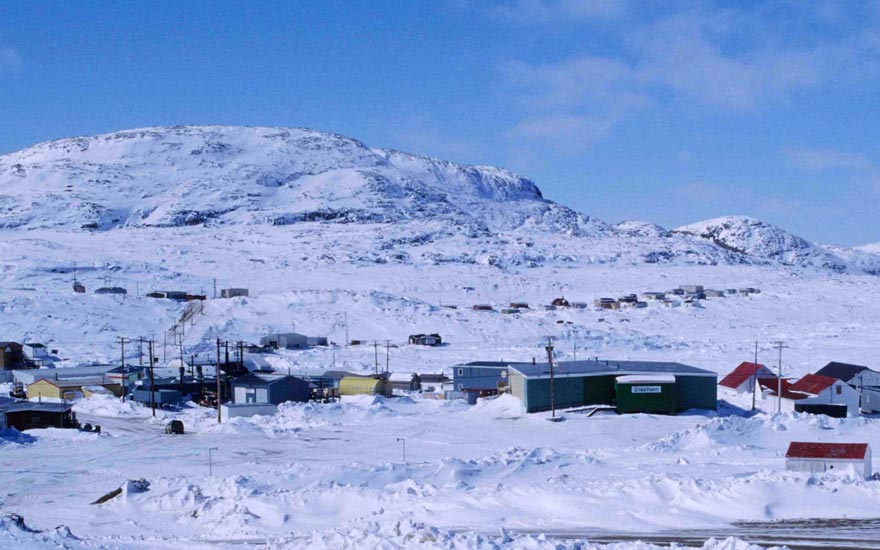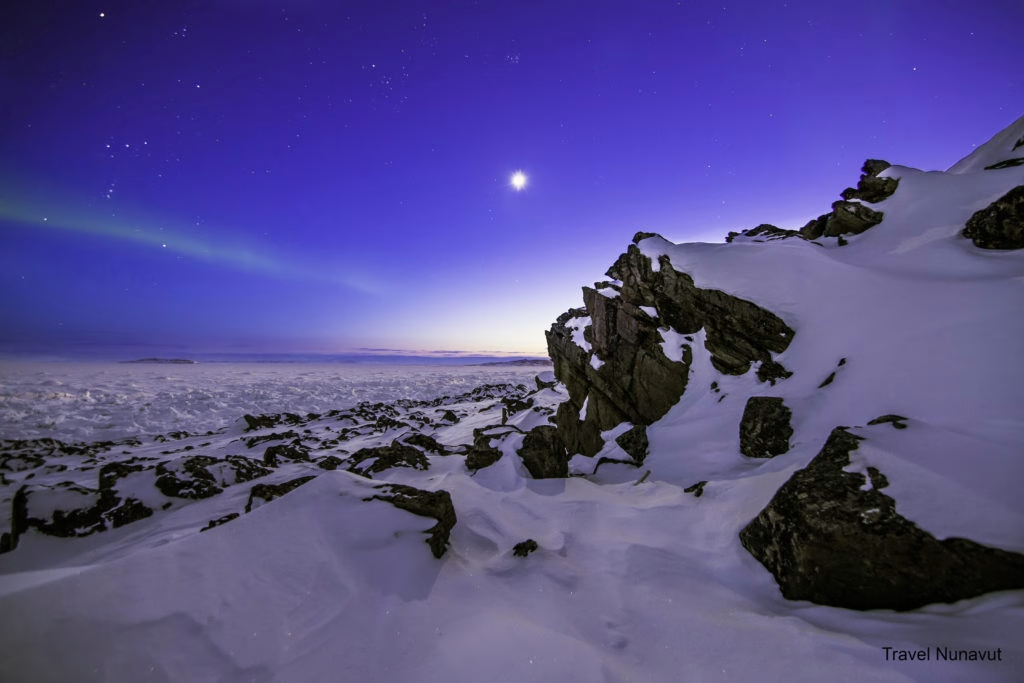"I don't think that three years ago, anybody would dream that such a thing would happen."
"The idea that a person that lives at Bathurst and Steeles [in the heart of the Jewish community in Toronto] would say, 'I don't know if I want you to put a menorah back because I'm afraid', is terrible, and obviously more has to be done."
"They feel violated, that such a thing should happen literally at the door of their home."
Rabbi Mendel Zaltzman
"There is no excuse for targeting people because they are Jewish."
"Toronto cannot look the other way while seniors are intimidated in their hallways."
"[The incident was] an act of hate directed at Jewish residents -- seniors who deserve safety, stability, and dignity."
City Councillor James Pasternak
"The permissive nature of the City's response to the rising levels of incitement and intimidation aimed at the Jewish community continues to embolden those who wish to target Jewish Torontonians."
"Now, it is a group of Jewish seniors who appear to be paying the price for the inaction of our municipal leaders."
"The inability to protect our elderly is a sign of the further decay of our society."
B'nai Brith Canada
"This is a public supportive housing building for seniors. They deserve to live in peace without fear of being targeted for being Jewish."
"I will be reaching out to TSCH [Toronto Seniors Housing Corporation]leadership to investigate how this could happen."
Olivia Chow, Mayor of Toronto
 |
| Toronto police say they received reports Sunday that about 20 mezuzahs
had been stolen over the weekend from a Toronto Seniors Housing
Corporation building near Bathurst Street and Steeles Avenue W. (Robert Krbavac/CBC) |
Mayor Chow need not trouble herself with this kind of sanctimonious statement. There is no need for her to 'reach out' to the housing corporation. If she were truly concerned over the incident where someone ripped mezuzahs from the doorways of senior citizens who happen to be Jewish, living in a supportive housing complex in her municipality, she need go no further than the nearest mirror. In that mirror she would see reflected the face of authority who has gone out of her way to leave Jewish Torontonians to their own protective devices.
While mouthing the usual tch-tchs about antisemitism, she has displayed it amply on her own account. As the highest elected authority in the municipality whose job it is to ensure equality of security of all residents, she had but to instruct the Toronto Police Force to act in accordance with the law in reacting to 'protest' gatherings clearly flouting civil law, that target Jews. As Mayor of all the people of Toronto she might have thought it a requirement to attend not only Muslim events but those of the Jewish community as well; certainly including a memorial for the 7 October tragedy.
Rabbi Zaltzman, the CEO of the Jewish-Russian Community Centre of Ontario explained that the seniors targeted at the North York apartment building are for the most part members of the Russian Jewish community. Residents were shocked and dismayed and fearful when they realized that their mezuzahs, an icon of their faith, had been ripped off their doorways. They were left with the impression of having been violated; their trust in their security, in the acceptance of the larger community betrayed.
 |
| Pro-Palestinian protestors wave flags and signs in Toronto, Ontario, on September 10, 2025. (illustrative)(photo credit: VALERIE MACON/AFP VIA GETTY IMAGES) |
Since the 2023 October 7 terrorist attack in southern Israel when Palestinian terror groups from Gaza led by Hamas rampaged through Israeli farm communities, shooting people at will, raping, torturing, destroying and looting, in a massacre that claimed over 1,200 lives of Israeli civilians; infants, the elderly, foreign farm workers, butchering young Jews attending a Nova music festival and taking 250 children, families, the elderly, soldiers captive into Gaza as hostages, Canadian cities, and in particular Toronto and Montreal burst into a celebration of 'Palestinian' rights.
Where crowds of Palestinian-inspired Canadian Muslims, leftist groups and pure unadulterated Jew-haters occupied the streets with loudspeakers vilifying Israel, calling for a global Intifada, shouting at Canadian Jews to 'go back to Poland', chanting 'Final Solution', and 'Palestine will be free from the river to the sea'; code for the destruction of Israel. Jewish students from elementary to high school to universities were harassed, Jewish shopkeepers had their buildings vandalized.
And Mayor Chow, at a speech to the National Council of Canadian Muslims at a fundraising gala, referenced "the genocide in Gaza". This, at a time when 40 percent of all hate crimes in Toronto, according to a police report, targeted Jews. Toronto is the site of 60 percent of antisemitic incidents in Ontario schools, according to a government report. The Kehillat Shaarei Torah synagogue was attacked for the tenth time.
 |
| Residents Shoshana Pellman (left), Miguel Camacho, whose mezuzahs
were each stolen from the doors of their apartments on the weekend,
commiserated with Rabbi Yirmi Cohen, who remembers when his father
originally put up those mezuzahs years ago. (Ellin Bessner photo) |
The religious/cultural symbolism of mezuzahs bring comfort to Jews who usually place them on an upright beam of a doorway, signifying that 'a Jew lives here'. Devout Jews may kiss the mezuzah entering and leaving a home. These are small metal hollow lozenges with Hebrew letters and design impressed on their surfaces, and within the hollow of each one is a sacred scroll with a prayer. Their theft strikes a blow to those elderly people whose doors and themselves were targeted.
Because mezuzahs were so commonly identifiable that many non-Jews during the first year of the pro-Palestinian, pro-Hamas 'protests', left many Jewish families living in fear of violence potentially perpetrated against them as the protesters' threats implied, that they themselves removed their prized symbols, hoping to avoid threatening encounters. That fear had subsided to an extent, but the recent theft of the symbols of Judaism have reminded Canadian Jews of their vulnerability in a city which once meant security and inclusion.
 |
| Rabbi Yirmi Cohen inspects the post of one of the missing mezuzahs taken off the
doors of at least 20 apartments inside the seniors' complex sometime
before Sunday morning Dec. 7 in what police are calling a hate-motivated
theft. (Credit: Ellin Bessner ) |
Labels: IDF in Gaza, October 7/23, Palestinian Terrorism, Targeting Toronto Jewish Community, Toronto Palestinian-Canadians





















